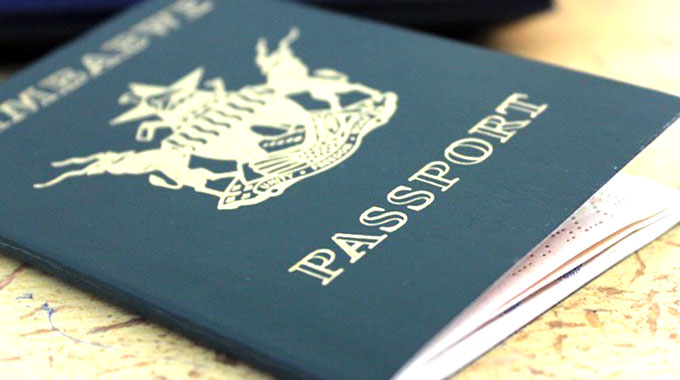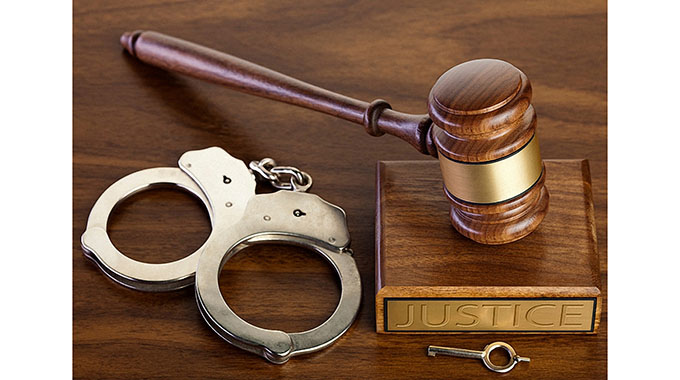New funding model helps clear passport backlog

Mukudzei Chingwere
Herald Reporter
The funding model crafted by Government to clear the passports backlog and improve efficiency in the production line has proved to be a master-stroke after exceeding expectations.
A model presented by Home Affairs and Cultural Heritage Minister Kazembe Kazembe in February to Cabinet was aimed at clearing the 400 000 passport backlog dating back to September 2018 within 100 days.
The model allows locals with free funds to apply for US dollar passports and the target was to raise around US$2 million for purchase of equipment to boost production and over US$7 million has been raised.
Unfortunately, when the money came, the bulk of the country’s income was channelled towards the country’s response to the Covid-19 pandemic.
The funds could not be returned to the registry department.
“The model is sustainable and it will address the problem of the backlog. We are moving towards ensuring that the problems in acquiring a passport is a thing of the past. It is a model we are committed to implementing to the end,” said Minister Kazembe.
In his presentation to Cabinet, Minister Kazembe showed that there are three main stages in the production of passports. The first stage is the booklet printing which has a capacity to produce 8 000 passports a day.
The personalisation stage — the second step in the production line has the capacity of 3 500 a day and while the final stage, the quality control has a daily capacity of 2 000.
“The department is faced with challenges in respect of a mismatch on the production capacity of the three main stages in the passport production cycle,” said Minister Kazembe.
“There is therefore a need to synchronise the installed capacity of the three production stages so that they can all be at 8 000 passports per day.
“If funds are available for the purchase of these consumables, the department will be able to clear the backlog within 100 days,” he said.
To boost the capacity of the second stage, there is need to add six Toppan EP 600 personalisation printers — valued at US$1 862 000, and the final stage needs 20 quality assurance testing machines valued at $100 000 — the total is US$1 962 200.
“The diaspora facility was introduced in order to assist our foreign-based nationals whose stay in the diaspora largely depends on their passports,” said Minister Kazembe.
“The move was also aimed at raising foreign currency that could be used in clearing the passport backlog.”
The passport backlog has been growing after the Reserve Bank of Zimbabwe (RBZ) started having problems in allocating foreign currency to various Government departments. This saw the production of passports plummeting from an average of 3 000 a day to an all-time low of 60 passports a day.
But after Treasury committed to meeting some fiscal demands and pay the debts accumulated by the Registry Department, which increased the supply of consumables, the production of passports improved to 2 000 a day, but the backlog was maintained since they were receiving an average of 2 000 new applications a day as well.
This, however, led to the initiative driven by the Ministry of Home Affairs and Cultural Heritage which if implemented can see the country being one of the best in the production of passports in the region.











Comments